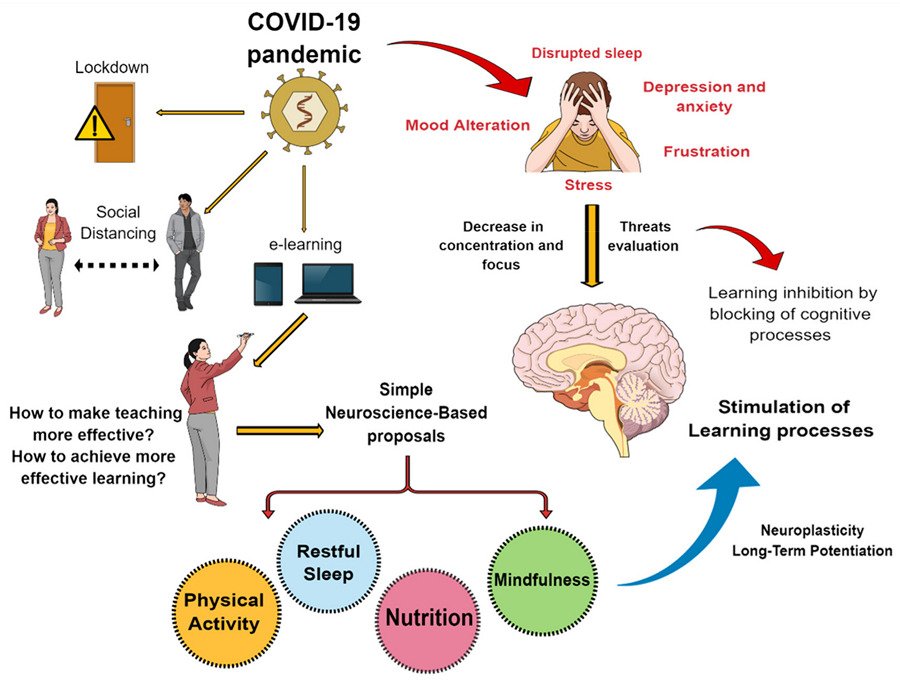Neuroplasticity has been talked about as the greatest medical advance of the last hundred years. The idea that our brain can change its structure and function through experience was considered heresy only a few decades ago. We now know that the brain is constantly changing and adapting to experience.
The new understanding that the brain is constantly changing has allowed us to better understand many problems that have traditionally been considered difficult to treat.
Anxiety and depression are one of those problems. Understanding neuroplasticity enables people to treat anxiety and depression through specific neuroplastic interventions.
Read on to find out how anxiety and depression are connected to neuroplasticity and what the scientific evidence says about this.
Neuroplasticity and depression
The connection between neuroplasticity and depression is good / bad news.
The bad news is that when it comes to psychiatric disorders, there is a kind of negative neuroplasticity; Depression can damage the brain, encouraging unhealthy pathways and discouraging healthy, adaptive pathways. (3)
In particular, changes in neuronal plasticity induced by stress and other negative stimuli have been confirmed to play an important role in the onset and development of depression. (3,4)
The good news is that some treatments for depression seem to be able to stop the damage and maybe even reverse it.
Research on neuroplasticity has shown us that “your everyday behaviors can have measurable effects on brain structure and function,” which can offer healing and recovery from psychiatric disorders. (2)
It may not be easy and it may require sustained effort, but we have the ability to “reshape” our brains at any age in ways that help us function better and reverse depression.
Using neuroplasticity to help with anxiety
The same principles that apply to depression apply to managing and treating anxiety disorders. Our brains are also perfectly capable of rewiring and remodeling to enhance our ability to control anxiety.
However, according to experts: any brain change is at the expense of other changes. The development of these parts of our brain that trigger anxiety effortlessly destroy those that help calm and trust.
It is not enough to simply stop anxiety at one point. The anxiety wiring is still there in the brain waiting to be activated.
Therefore, to combat anxiety with neuroplasticity we need to create a competitive wiring that is specific to what we want to achieve. Without this, we are in an endless loop of anxiety without a neural pathway to carry us forward.
These permanent brain changes can be achieved by adapting and changing thought patterns, through memory and recall patterns, breathing exercises, eye patterns, modification of postural habits, increased body awareness, focusing on the senses. , among others. (1)
ABSTRACT
Research on neuroplasticity has confirmed that this process is altered in people with depression and anxiety. The exciting thing is that we know we can change this. It may take concentration and repetition, but change is possible.
Basically, neuroplasticity can be applied to help you manage, treat, and maybe even cure anxiety and depression, but it takes some time and effort.






